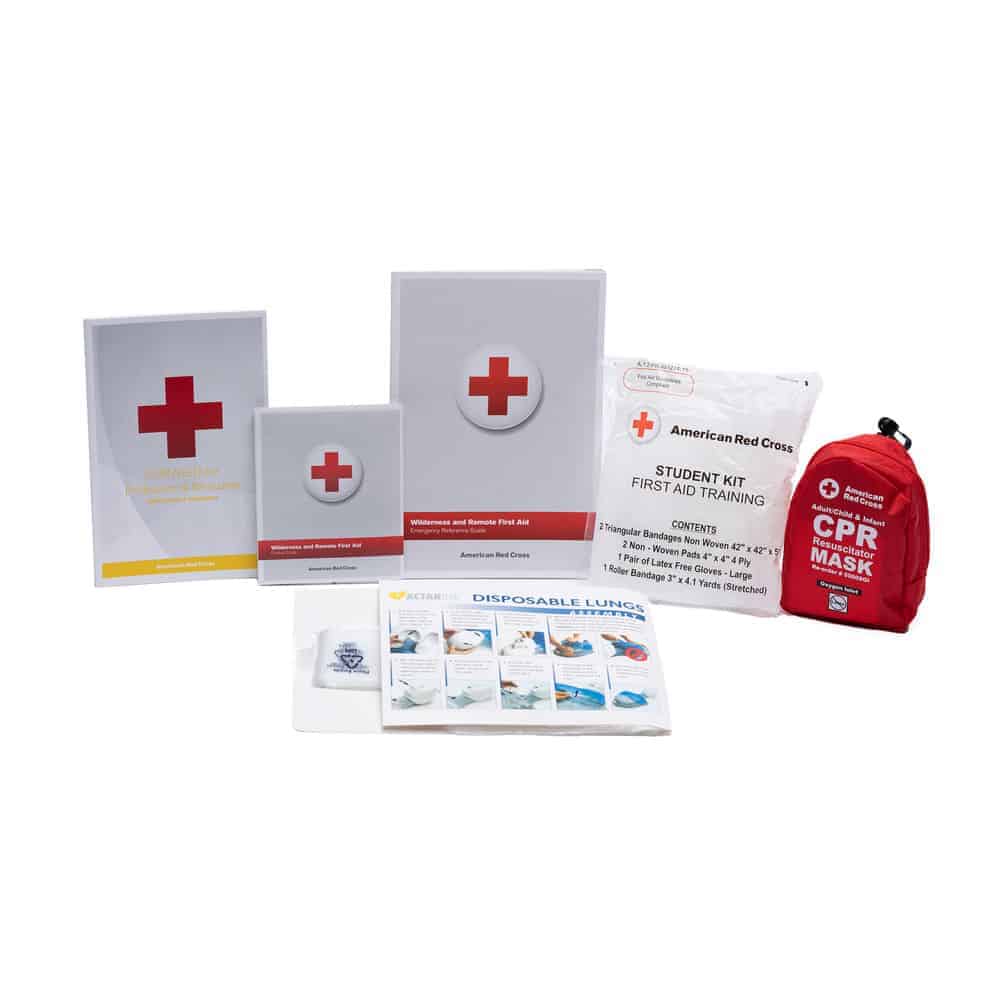At any given time, you could be put in a dangerous situation. You never know when an accident will occur, and you and your family need medical assistance. One thing that can help you in an emergency is a first aid kit. Having a set of supplies on hand is essential for handling scrapes and headaches as well as more serious matters like anaphylactic shock.
If you travel a lot, it’s wise to have a small first aid kit packed into your suitcase. For families with kids, have a first aid kit equipped with supplies to treat babies and toddlers in a diaper bag or in your vehicle to help keep your family safe. Even a basic first aid kit can help in an emergency. Having tools to help someone with a medical issue can help stop a bad problem from getting worse. In some cases, a first aid kit can even help prevent a fatality. In addition to having a first aid kit on hand, it’s not a bad idea to take some basic first aid training. You can contact the American Red Cross for more information on first aid courses. Keep reading to see what essential items you should have in your first aid kit!

1. First Aid Manual
The first great item to have in your first aid kit is a manual. This will provide guidelines for using the equipment in your package as well as how to contact help in an emergency. Most first aid manuals are OSHA, ANSI & ISEA certified for safety. The goal of these manuals is to provide a series of easy-to-understand techniques that can potentially save lives.
First aid manuals give detailed instructions for performing CPR, dealing with seizures, assisting with anaphylaxis, and other medical emergencies. You can find a wealth of information online for your first aid kit. There are basic manuals available as well as those for treating infants and even cats and dogs!
